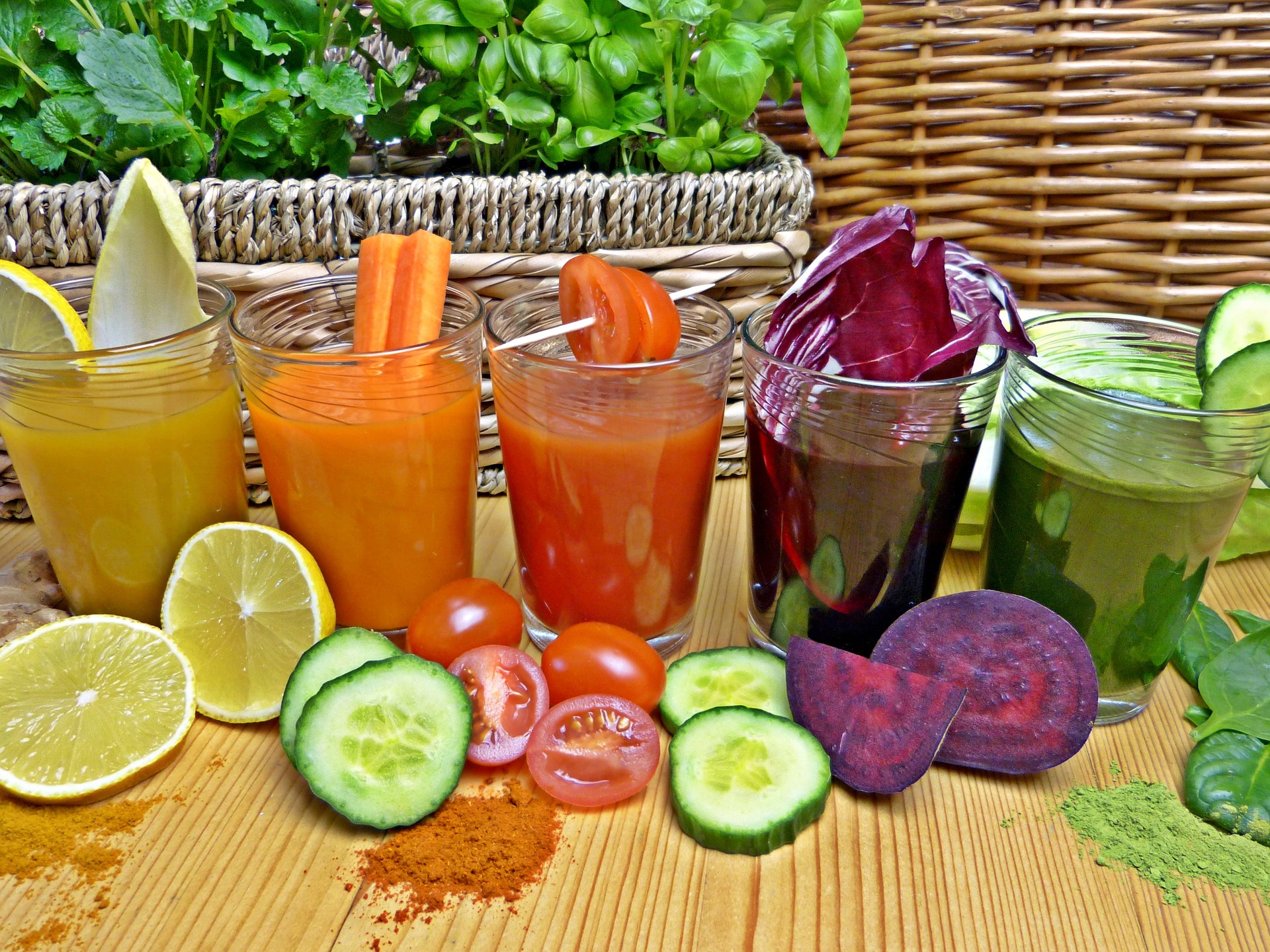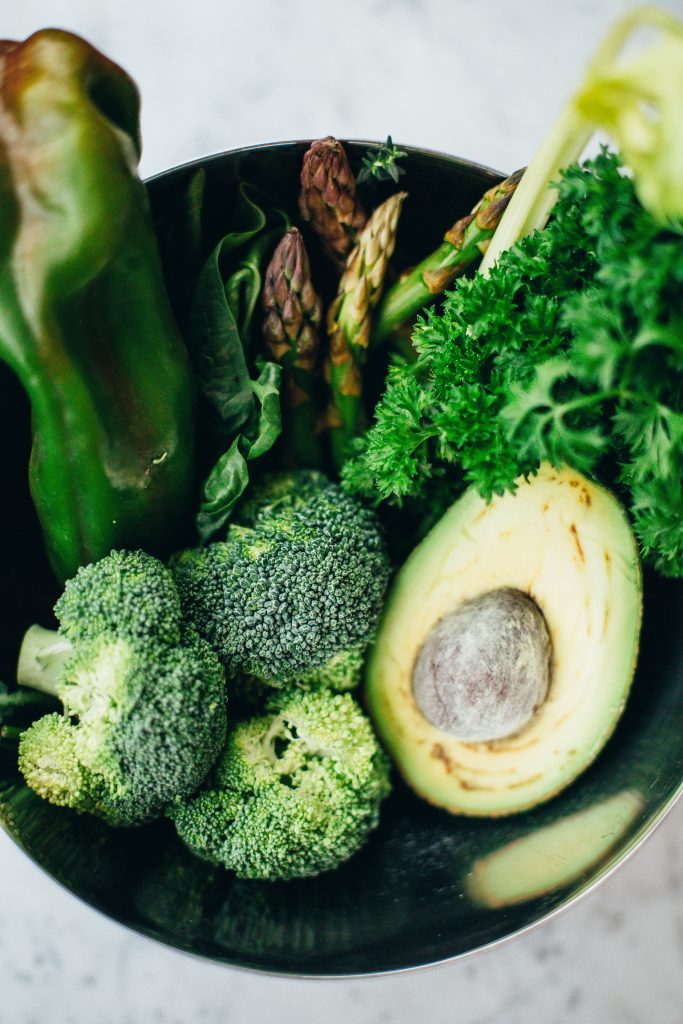
Pavan means wind, mukta means relieve or free and asana means pose. This asana is similar to many other yoga poses based on nature. It is being used to foretell the strength and power of the wind from within. It helps in removing the toxic gas present in your body. It creates space for fresh air in the body to create maximum utilization of the bodily resources.
This yoga pose aids the digestive system. Releasing your stomach of the excess gas in the abdomen and the intestines can therefore function better due to the removal of the gas, helping to relieve constipation massaging the colon.

The use of legs, hands, and hips strengthens the hip muscles. People who suffer from sciatica and joint pains find relief in this asana. It releases the muscles of the lower back and helps to separate the spinal column, creating space, less compression from sitting, and an environment of relaxation for your body.
This exercise stimulates your liver, small and large intestine as well as the spleen. Pavanamuktasana helps to circulate the supply of blood to the abdomen.
Warning: The reader of this article should exercise all precautions before following any of the asanas from this article and the site. To avoid any problems while doing the asanas, it is advised that you consult a doctor and a yoga instructor. The responsibility lies solely with the reader and not with the site or the writer.







